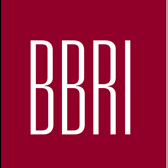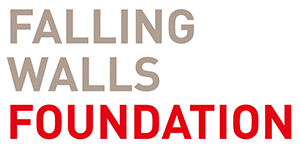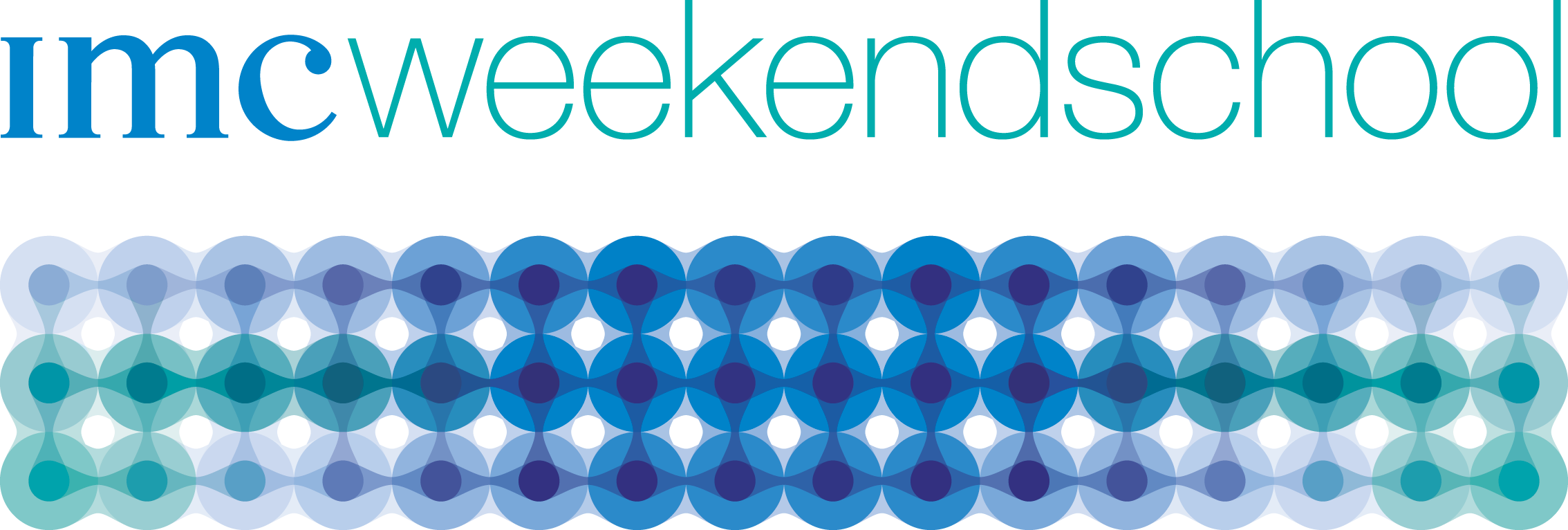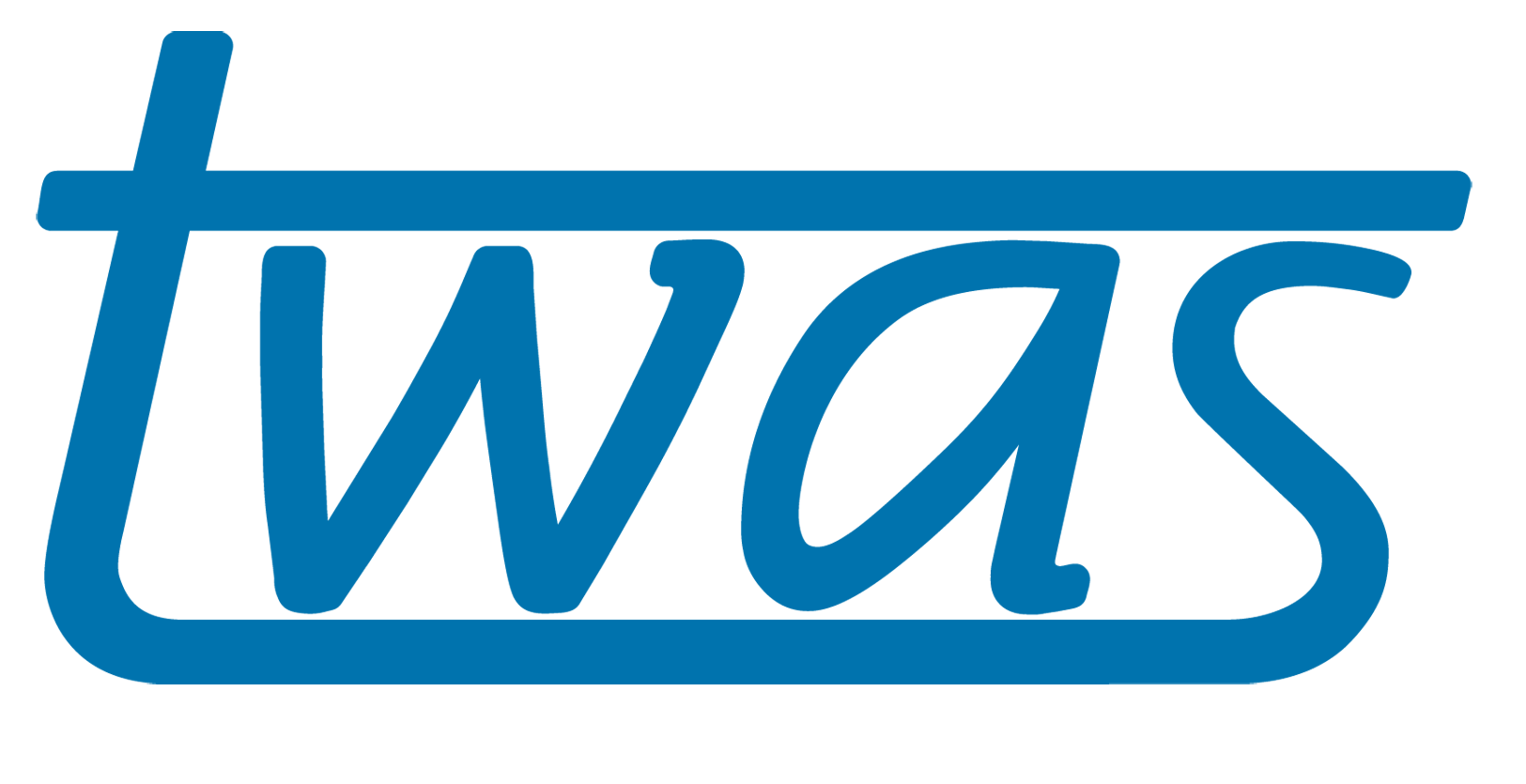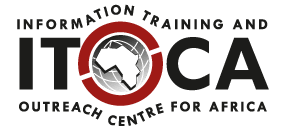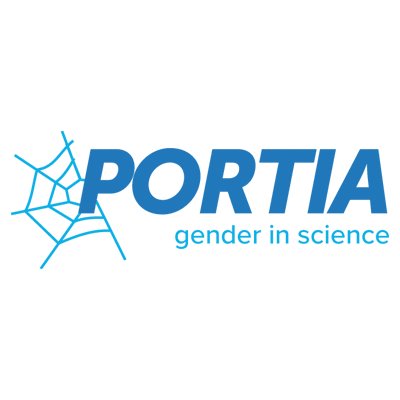Targeting toxins in the rivers of Bangladesh and the role of open access

A desire to impact people and planet has led Dr Tasrina Rabia Chodhury to focus on environmental contaminants. Here, she highlights potential solutions — and how open access publishing can help democratize knowledge.
For Dr Tasrina Rabia Choudhury, a Bangladeshi chemist, a career in science was inspired by her passion for the world around her:
“I have a fascination with the natural world. I also have a desire to help solve environmental pollution, to ensure a quality and safe life for mankind.“
Tasrina is Principal Scientific Officer and Quality Manager in the Analytical Chemistry Laboratory of the Atomic Energy Centre of the Bangladesh Atomic Energy Commission in Dhaka. She has an MSc and PhD in Applied Chemistry and Chemical Engineering from the University of Dhaka, Bangladesh. Her dedicated work has led to the publication of numerous papers and prestigious awards, including the 2024 OWSD-Elsevier Foundation Award for Early Career Women Scientists in the Developing World.
The focus of Tasrina’s research is analyzing and addressing major and minor trace essential and toxic elements in different environments. She has intensively studied heavy metal contamination in water and other ecosystems, examining the impact on human health and working on solutions. She explains:
“Heavy metals such as lead, cadmium, arsenic, mercury and chromiumetc — as well as emerging contaminants like microplastics — pose significant risks to environmental quality and public health due to their persistence, toxicity and widespread occurrence. Finding ways to identify and remove those contaminants is a critical area of environmental science. It can make a huge difference to people’s health.“
Tasrina’s research has involved extensively investigating the river systems throughout the coastal regions of Bangladesh. This year, she was the lead author of a groundbreaking study appraising heavy metal contamination in five coastal river systems, published open access in Elsevier’s journal Regional Studies in Marine Science. Using advanced techniques, the research team conducted a detailed analysis of metal distribution and pollution levels:
“We uncovered extreme levels of contamination significantly above safe limits and found that the source was primarily human-made. Urbanization, industrial activities, or unrestricted disposal of waste into water bodies, were all contributing to that contamination. This study clearly shows the need for urgent and effective water management strategies in Bangladesh’s coastal regions.“
Read the full article on Elsevier Connect: “Targeting toxins in the rivers of Bangladesh and the role of open access“, Milly Sell, 19 June 2024.


